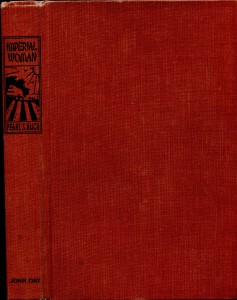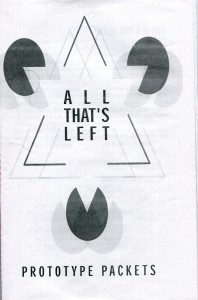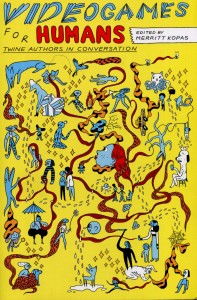What We’re Reading: More Summer Lists

I’m spending the summer reading books that aren’t by straight white American males. It’s actually really easy! And it’s been fun to consciously steer my brain around and do research on authors. Here’s what I’ve finished so far.
 Imperial Woman by Pearl S. Buck (John Day, 1956)
Imperial Woman by Pearl S. Buck (John Day, 1956)
This is the kind of book HBO could be making into a show. Imperial Woman is full of sexual politics, invading armies, portentous omens, and moral quandaries. However, it’s also full of female agency, three-dimensional antagonists, and the consequences of violence.
Imperial Woman is based on the life of China’s last Empress, Tsu Hsi. Faced with a dying emperor, a corrupt son, an internal rebellion, and aggressive European and American invaders, she balances carefully between alliances and betrayals in order to keep her empire and their culture intact. Throughout it all, Tsu Hsi remains an admirable (if not always likable) character.
Through it all, a range of femininities are shown: caring mothers, ruthless politicians, gentle lovers, and everything in between. Despite this, Tsu Hsi and those around her constantly worry over her status as a woman. Advisors tell her that she’s too smart to be a woman, and she wonders if her aggression and decisiveness place her somewhere between a man and a woman. As traditions crumble under foreign assault, though, the empress doesn’t retreat to a traditionally feminine role (even if she yearns to). She sticks with the choices she’s made.
Which isn’t to say that Tsu Hsi is a victor or a purely noble protagonist. She fights dirty, she acts on false information, and there are times when she’s purely hurtful. But she carries on, and she reassesses her standards, and at her best, she tries to live for others. Imperial Woman ends up describing a life similar to the ones I see around me.
 All That’s Left by Maggie Eighteen (Metropolarity, 2014)
All That’s Left by Maggie Eighteen (Metropolarity, 2014)
All That’s Left is a collection of short, interconnected fiction that the cover calls a prototype packet. The stories focus on a cast of dystopian cyborgs, skipping through time and across POV characters. Despite the physical dangers implicit in the setting—science gone awry, class warfare, dwindling resources—Eighteen rarely dwells on (or even shows) them. It’s the fallout from these dangers that matter. Characters acknowledge these troubles, but there’s an acute focus on the emotional work the characters do to maintain their identities and relationships. Eighteen’s dialogue comes out like a fencing match or a shootout but with one key difference: all of the characters have been traumatized, and no one wants to “win” these battles. Unlike so much science fiction where physical victory equals moral victory, the characters of All That’s Left only win when consensus is reached.
The prototype packet is a format I’d like to see more of. The stories are acknowledged as works in progress (and they can all be read online), and I think it’s important for writers to have an arena to drift around their ideas and create iterations. There are certainly a few textual tics I’d massage in the next draft—for instance, an abundance of adverbs (“he smiled nervously”) instead of just showing a character is nervous—but the prototyping allows Eighteen to create discussion around All That’s Left and decide which parts of the prose are bugs and which are features.
 Videogames for Humans by Merritt Kopas (editor) (Instar Books, 2015)
Videogames for Humans by Merritt Kopas (editor) (Instar Books, 2015)
This is a hefty book full of annotated playthroughs of Twine games. (Twine, for those who don’t know, is a programming language for text-based games.) I can envision a lot of potential layout issues with a project like this, but the book is clear and easy to follow; the games’ texts are reproduced well and clearly set off from the reviewers’ texts.
Kopas draws games from across genres, and the people playing them are likewise from different industries and backgrounds. While readers might come to Videogames for Humans to celebrate games, it also works as a celebration of criticism. The approaches to interacting with the games are manifold. Some are minimal, like watching a movie with a friend—side comments and a short wrap-up at the end.
Other playthroughs are much more detailed and much more structured. In Naomi Clark’s look at Horse Master, she shoves her hands deep in the mechanical workings of the game. It’s never dry, though—in fact, it brilliantly mirrors the unfurling of the setting and story of Horse Master.
In juxtaposing such a range of approaches in interacting with games, Videogames for Humans validates all of them. Different games work better for different approaches, and there could be games out there for everyone—for all the humans.
Do you ever put limits on your pleasure reading? How do you make yourself branch out from what you’re used to?






Comments are closed.